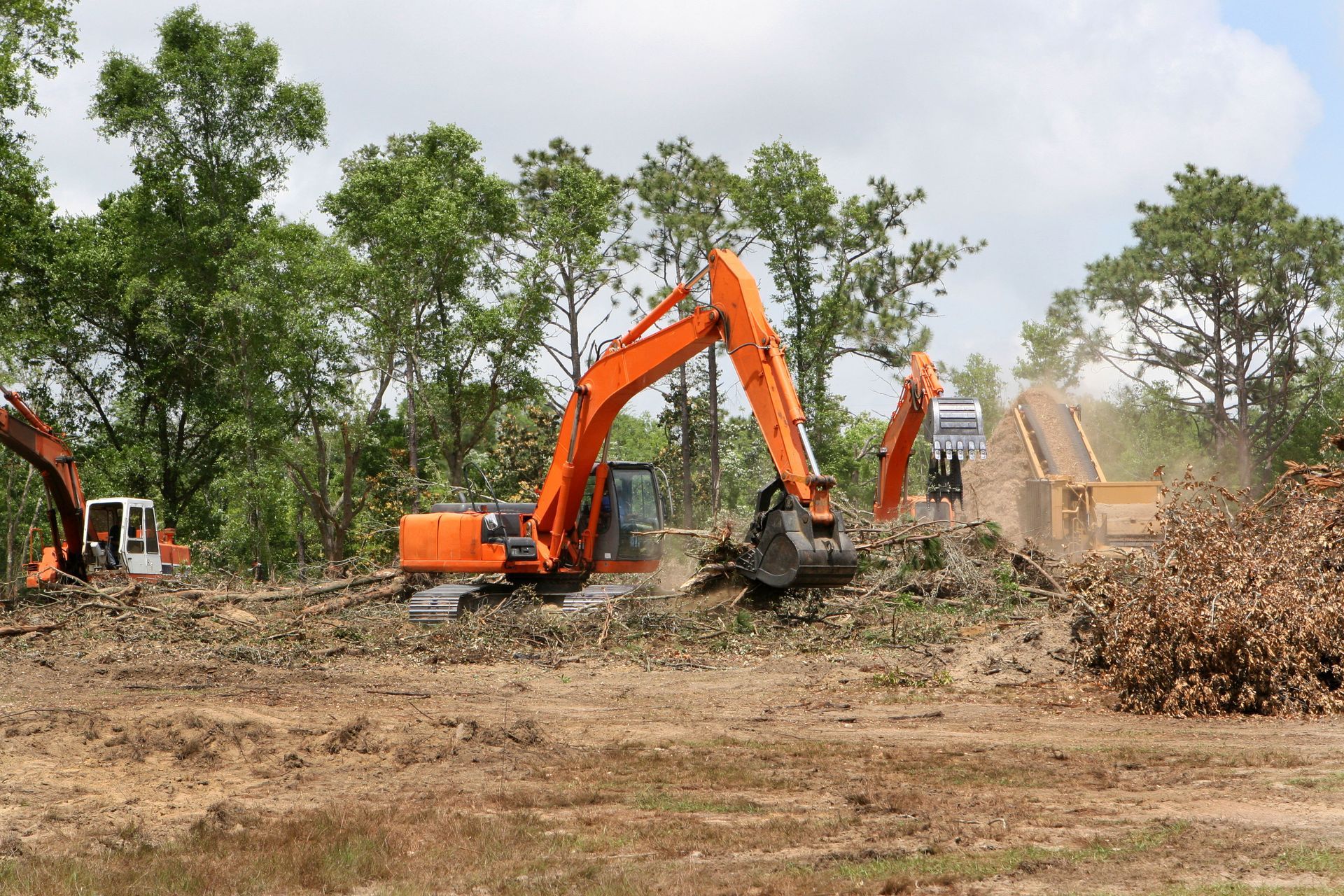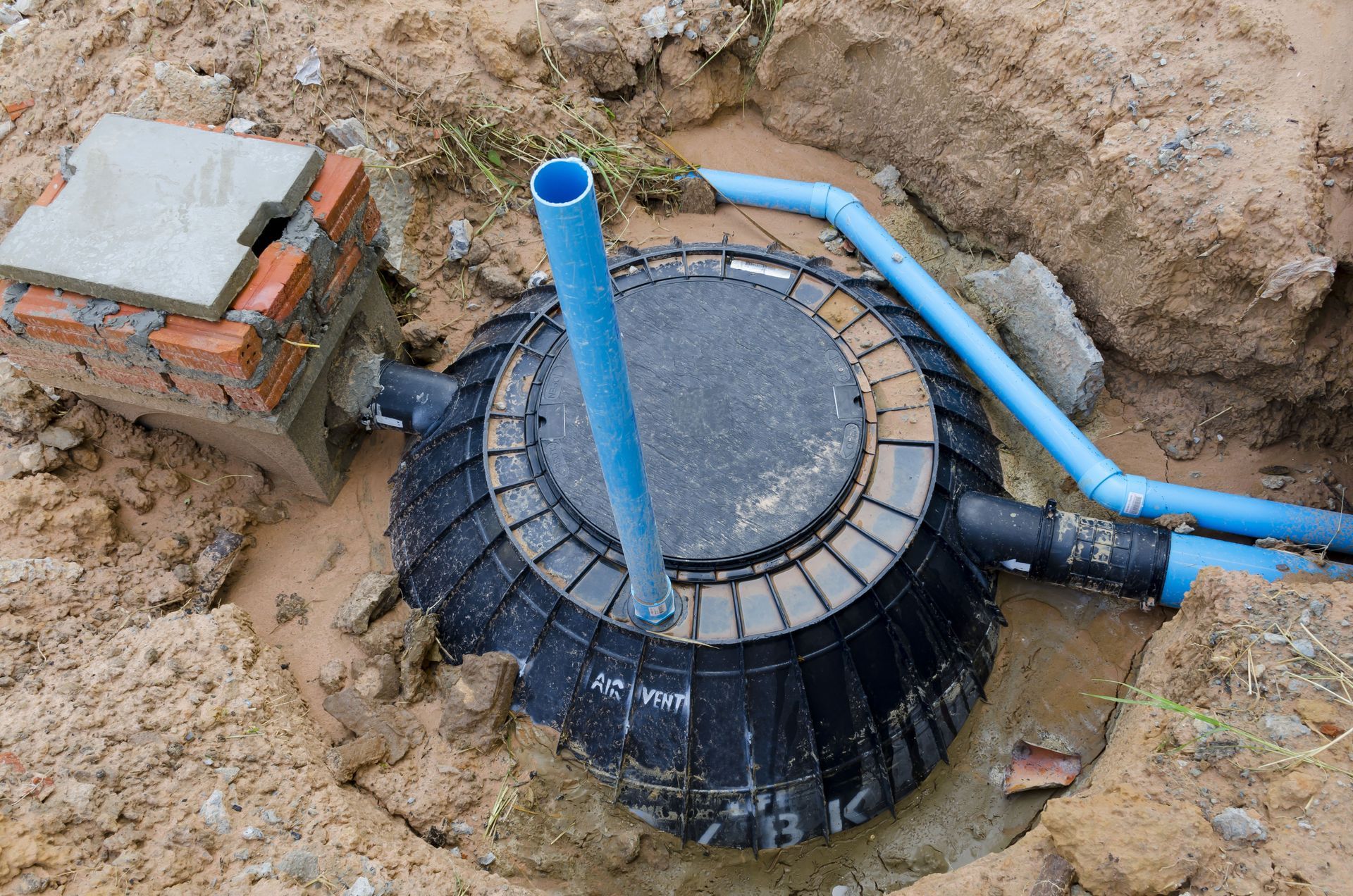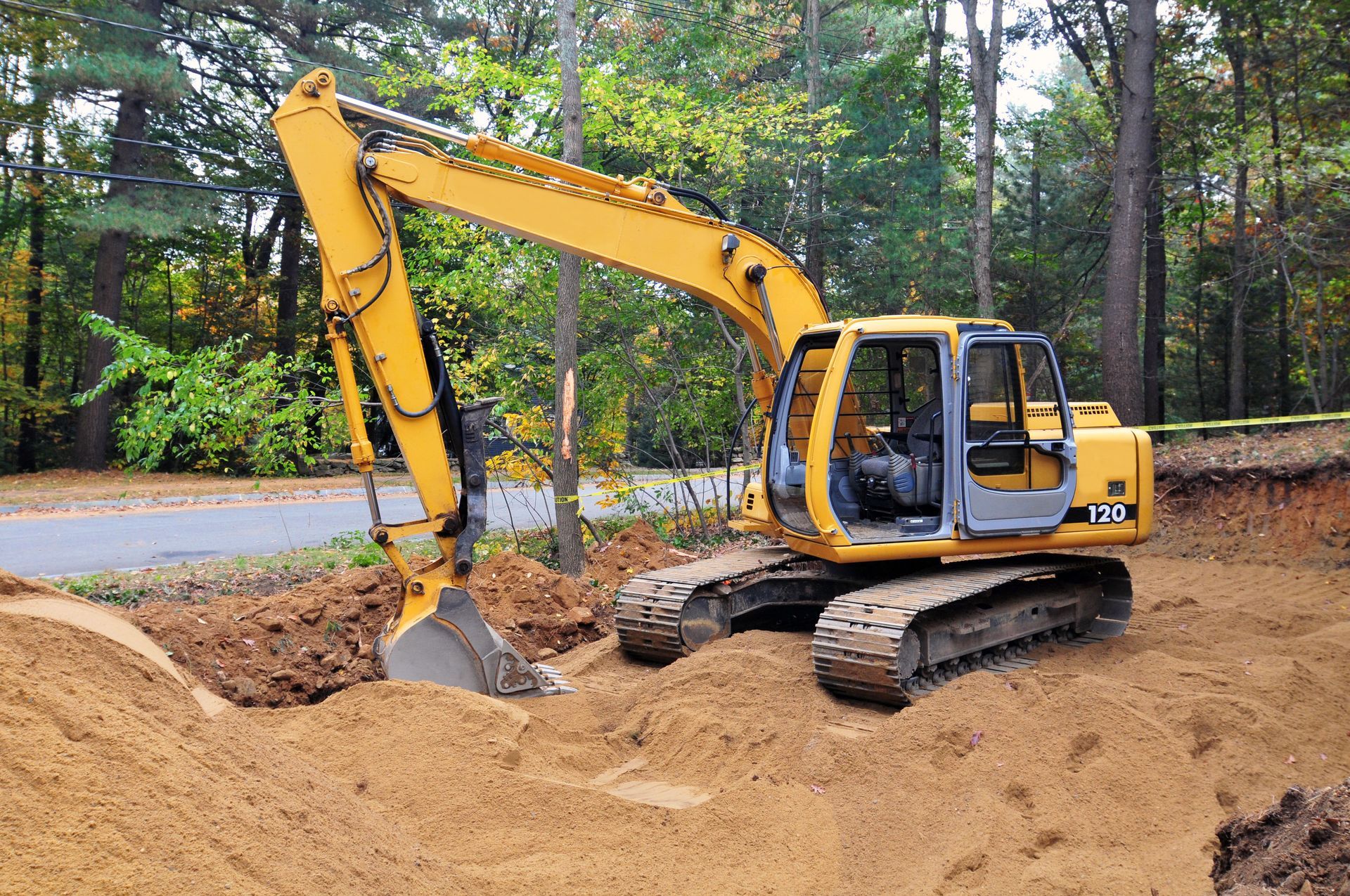September 25, 2025
Proper land excavation is more than just moving dirt—it is a key step in managing water drainage on any property. Whether you are a homeowner looking to protect your foundation or a builder planning a construction project, understanding how excavation affects water flow can prevent costly damage and ensure long-term stability. Proper excavation impacts both the immediate usability of a property and its long-term structural integrity, which makes professional planning essential.
The Benefits of Proper Land Excavation
Improved Water Flow Across Property
Well-planned excavation helps guide water away from critical areas like building foundations, driveways, and landscaping. By shaping the land correctly, water can flow naturally toward designated drainage points, preventing pooling and reducing the risk of flooding. Proper water management also protects the soil structure and helps maintain healthy vegetation. According to FJDynamics, good land grading improves water coverage and reduces weeds by 40%, which also reduces the time required for regular yard maintenance.
Enhanced Soil Compaction and Stability
Excavation includes compacting soil in key areas to reduce erosion and pooling. This process strengthens the ground, creating a stable base for construction projects, whether for residential driveways, commercial buildings, or agricultural structures. Compacted soil is less prone to shifting under weight or during heavy rain, reducing the risk of foundation damage and maintaining structural integrity over time.
Long-Term Cost Efficiency
Investing in proper excavation may require upfront resources, but it can save significant money over time. Preventing water accumulation and erosion reduces the likelihood of foundation cracks, landscaping damage, and soil destabilization. These issues, if left unaddressed, often lead to expensive repairs or replacement projects. Thoughtful excavation and grading reduce future maintenance needs and prolong the lifespan of structures, driveways, and outdoor spaces.
Proper excavation supports efficient installation of essential systems like retaining walls, utility lines, and drainage channels. By preparing the land correctly, contractors avoid costly adjustments or repairs during construction. In addition, well-executed grading and soil compaction minimize labor and material costs associated with repeated fixes or water-related damage. Long-term planning ensures that each project maximizes durability while minimizing recurring expenses for homeowners and builders.
The Process of Excavation for Effective Drainage
The Creation of Properly Graded Surfaces
Sloped surfaces are essential for directing water away from buildings and other critical areas. Excavation ensures that the land has the correct grade to support natural drainage. Professionals calculate slope percentages to guide water efficiently while minimizing erosion or destabilization of the property. Proper grading also prevents puddling in driveways, gardens, and around foundations, which can otherwise damage landscaping or compromise structural integrity.
In addition to standard slopes, grading can be customized to suit different areas of a property. For example, drainage near a home foundation may require a steeper slope, while garden beds and walkways benefit from a gentler grade. Strategic grading also supports stormwater management, reducing runoff and protecting adjacent properties from flooding. By investing time and expertise into grading, property owners can ensure that excavation work maximizes both functionality and aesthetic appeal.
The Preparation of Sites for Construction Projects
Excavation also lays the groundwork for foundations, retaining walls, and utility trenches. By shaping and leveling the land, excavation supports a variety of residential, commercial, and agricultural projects. This preparation ensures that structures built on the property remain stable and safe over time. It also allows for more efficient installation of essential systems, such as water and sewer lines, reducing the risk of future complications. Site preparation also includes removing debris and addressing existing soil irregularities to guarantee a uniform base for construction.
Seasonal and Environmental Considerations
When planning excavation, seasonal factors such as rainfall, snow, and freeze-thaw cycles must be considered. Proper scheduling and site assessment help avoid soil compaction issues caused by excess moisture. Understanding the environmental context ensures that grading and leveling efforts remain effective year-round, maintaining consistent drainage and long-term property stability. Evaluating past weather patterns and local climate conditions further informs excavation planning and protects the site from unexpected challenges.
The Techniques of Effective Land Excavation
Site Analysis and Assessment
Before digging, professionals evaluate the land’s slope, soil type, and water flow patterns. This analysis identifies areas prone to pooling, erosion, or uneven settling. Evaluating the property carefully allows contractors to plan excavation that meets both functional and structural needs. Site assessments often include soil testing to determine its composition, density, and drainage capabilities, as well as reviewing existing vegetation and natural water pathways. These factors influence the type of equipment, grading, and compaction methods required.
Site analysis also involves identifying potential obstacles such as underground utilities, rocks, or tree roots that may interfere with excavation. By understanding the complete landscape, professionals can design excavation plans that minimize rework and maintain safety. Additionally, seasonal and weather considerations, like heavy rainfall or freeze-thaw cycles, are taken into account to ensure the land remains stable and drains effectively year-round.
The Efficient Use of Heavy Machinery
Bulldozers, excavators, and other heavy equipment make large-scale excavation more efficient and precise. These machines allow for shaping and grading land to optimize water drainage and site stability. Skilled operators can handle complex terrain safely, ensuring that slopes, trenches, and foundations meet project specifications. Heavy machinery also enables contractors to move large volumes of soil quickly, reducing project timelines significantly. Additionally, different machines serve different purposes: excavators are ideal for deep trenches and foundation preparation, while bulldozers are better for broad grading and leveling. By choosing the right equipment for each task, excavation projects become safer, faster, and more accurate.
Best Practices for Excavation
Key practices include marking utility lines, monitoring soil moisture, and maintaining proper slope ratios. Excavation planning should consider access points, equipment placement, and the sequence of work to maximize efficiency. Safety protocols and quality checks throughout the process help prevent accidents and ensure that the final result supports long-term drainage and structural stability. Consistent documentation and supervision throughout the project further ensure that standards are maintained at every stage.
The Common Mistakes of Land Excavation
Ignoring Soil Conditions
Overlooking soil type can lead to poor drainage, erosion, and unstable foundations. Different soils behave differently under water and weight; for example, clay holds water and can expand, while sandy soils drain quickly but may shift. Understanding your soil is critical for effective excavation and ensures that drainage, grading, and construction will remain reliable over time. Proper soil evaluation helps prevent future site issues and maintains the integrity of structures built on the property.
Poor Planning and Design
Excavating without a clear plan can create uneven surfaces, water pooling, and maintenance headaches. Proper design considers land contours, intended use, and drainage needs. Thoughtful planning prevents common issues and ensures that all aspects of the property—from landscaping to foundations—function cohesively. This step is particularly important for complex or multi-use properties where water management and structural integrity are critical. Effective planning also streamlines project execution and reduces delays.
Neglecting Local Regulations
Local codes and regulations often dictate excavation requirements, including setbacks, grading limits, and environmental protections. Ignoring these rules can result in fines, rework, and potential safety hazards. Compliance ensures that excavation work is legal, safe, and aligned with community standards. Consulting with local authorities and experienced contractors prevents regulatory issues and keeps the project on schedule. Staying informed about evolving local standards also ensures that projects remain compliant in the future.
Proper land excavation plays a key role in managing water drainage and ensuring stable, long-lasting property conditions. By using the right techniques, planning carefully, and considering soil, slope, and environmental factors, homeowners and builders can prevent water-related issues and support successful construction projects. To explore how Intermountain Excavation LLC can help with our next project, learn more about our services.




